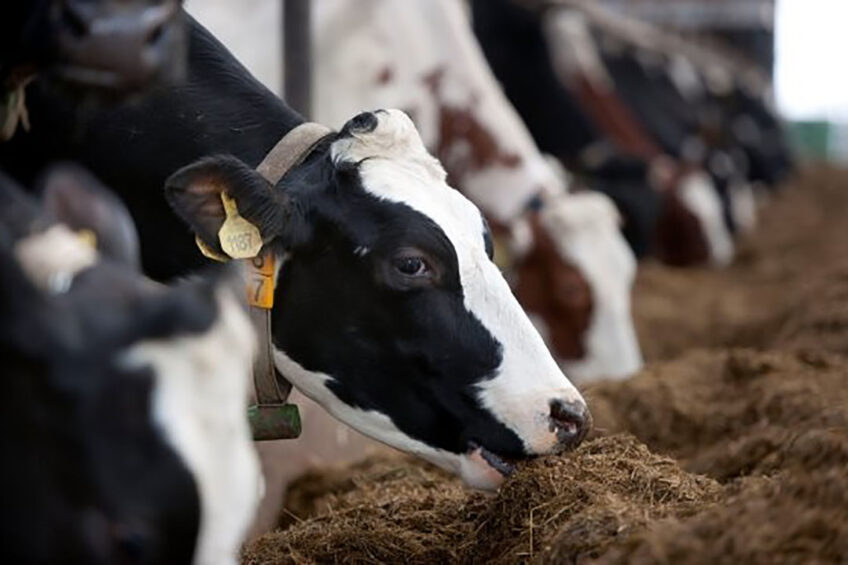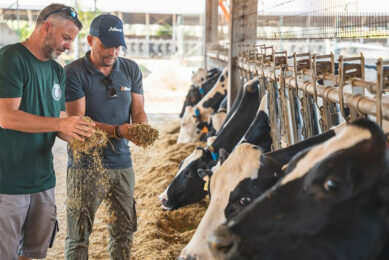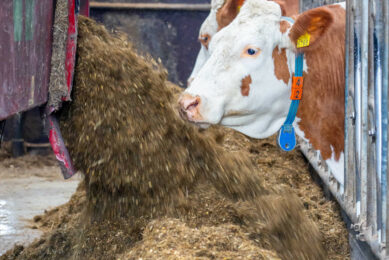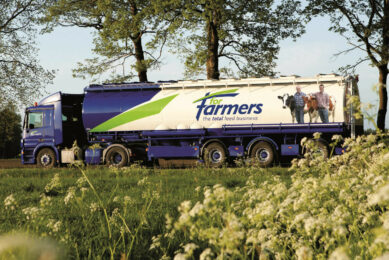How to reduce dairy feed costs with forage management

Forages play an important role in maintaining milk production in dairy systems. Although high-energy concentrates can be partly used to achieve this target, dairy farmers would utilise forages to a greater extent in the case where grains and the other concentrate components of feed rations become expensive or unavailable. With proper management of the forage system, the feed cost will be reduced.
In addition to lower feed costs, also production efficiency and profitability will be improved. The following is a review of some feed management strategies that help achieve such an economical target.
Silage storage system
The most economical silage system for the 100 cow dairy farm was a bagged silage method, followed by stave silos and wrapped bale silage, with the uncovered bunker silo being the least profitable storage method (Table 1).
The difference here may be attributed to the following factors:
• The magnitude of exposure to mold damage and/or aerobic deterioration of silage
• The nutritive losses which cause a drop in milk production, or otherwise necessitate additional supplements to meet the herd energy and protein requirements.
• The reduced nutritive content in manure which cause an increase in fertiliser use.
• The change of the machinery operating costs, the use of fuel and electricity, labour costs, and storage costs.
Hay Drying
The use of chemical drying agents such as potassium carbonate can improve the drying rate of the cell wall of the stem material by breaking the waxy layer of the outer stem so that moisture can escape. This enables the stem to dry about as quickly as the leaf, i.e. the treated hay requires 34 hours to dry to 75% DM, while untreated hay requires more than 50 hours to dry. In this way, the chemical treatment can reduce the possibility of field losses by up to 70%, which makes it cost effective.
Treatment of straw
With ammonia-treated straw, the cottonseed cake can be fed at a level of 1 kg compared to 2 kg in the case where untreated straw is used in heifer feeding programs. Despite the higher gain in the latter case, the increased price of cottonseed cake would make a lower level of 1 kg/d the most profitable. The growth rates of 0.6-0.65 kg/day for the 1 kg/day level of cottonseed cake are very satisfactory rates of production for smallholder farm conditions.
Supplementation
For cows on forage with less than 8% protein, it is important to utilise a protein supplement, but when the forage protein levels are 8% or more then it will generally be economically advantageous to use simply grain supplementation which can often be provided to the cows at approximately a third to half the cost of feeding a protein supplement.
Use of alternative feed materials
The following are examples of materials that may serve as forage substitutes reducing feed costs and hence increasing the production returns:
Newsprint
In one study, Friesian dairy cows were fed over a 40-days period on rations containing 2 levels of newsprints (Table 2). Feed intake was reduced as the level of newsprints was increases in the diet, but digestibility values were not influenced by the level of the newsprints. The actual milk yield decreased with the larger amounts of newsprints incorporated into the ration. However, considering the greater amounts of milk fat produced in these cases, the fat-corrected milk values (FCM) were greater for the high-newsprint rations. In terms of economics, the use of newsprints resulted in a saving of about 85.00 US$ per ton of forage, considering that a ton of used newsprint and a ton of cottonseed hulls are currently sold at an average price of around US$ 90.00 and US$ 260.00 respectively.
Rumen content
Studies have indicated that adding a mixture of rumen contents with barley at up to 15% of the total ration did not adversely affect the feed intake or milk production. The latter was equal to milk production in case of feeding oats or grass hay, but with an average saving of 12% of the total feed cost.
Profitable animals
Finding the most profitable animal to utilise a given quantity and quality of forage has received much less research attention than finding forages to meet the animal requirements. It is generally accepted though that high-producing dairy cows can provide a better payoff for the higher quality forages, unlike beef cattle and their replacements which more profitably utilise the lower quality forages.
References are available from the author upon request.
Join 13,000+ subscribers
Subscribe to our newsletter to stay updated about all the need-to-know content in the dairy sector, two times a week.










